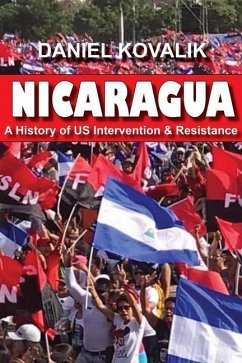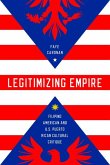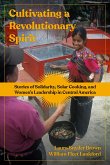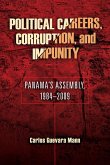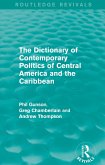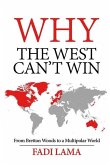This book explores the pernicious nature of US engagement with Nicaragua from the mid-19th century to the present in pursuit of control and domination rather than in defense of democracy as it has incessantly claimed. In turn, Nicaraguans have valiantly defended their homeland, preventing the US from ever maintaining its control for long. While there were intermittent US forays into Nicaragua in the 1850s, sustained intervention in Nicaragua only began in 1911 when the US invaded Nicaragua to put a halt to a canal project connecting its Atlantic and Pacific coasts to be partnered with Japan - a project the US wanted to control for itself. The US Marines subsequently invaded Nicaragua a number of times between 1911 and 1934 to try to maintain control over it, only to be repelled by peasant guerillas led by Augusto Cesar Sandino. The Marines left for good only after the US had set up the dictatorship of Anastasio Somoza, who then lured Sandino to Managua on the promise of a peace deal and murdered him in cold blood. Successive generations of Somozas would rule Nicaragua with an iron hand and critical US support until finally, in 1979, the latest iteration was ousted by the Sandinistas - a movement inspired by Sandino and motivated by a unique philosophy merging Christianity and Marxism. Led by Daniel Ortega, the Sandinistas established democracy in Nicaragua with the country's first free and fair elections in 1984. Once again, the US attempted to subvert democracy by organizing Somoza's former National Guardsmen into a terrorist group known as the Contras. Directed and funded by the CIA, the Contras would terrorize Nicaragua for nearly 10 years. In 1990, the Sandinistas stood for early election and the war-weary voters selected Violeta Chamorro. The Sandinistas relinquished office peacefully stepped, ceding the government to Chamorro. For 17 long years, from 1990 to 2007, neo-liberal governments, beginning with Violetta Chamorro, governed Nicaragua. Backed by the US, these governments neglected the people, leaving almost half of the country un-electrified, without decent education or health care, and in poverty. When Daniel Ortega and the Sandinistas returned to power in 2007 through elections, they immediately established free health care and education, built infrastructure throughout the country, and began to eradicate poverty. Now, almost 100% of the country is electrified; poverty and extreme poverty have been greatly diminished.t
Hinweis: Dieser Artikel kann nur an eine deutsche Lieferadresse ausgeliefert werden.
Hinweis: Dieser Artikel kann nur an eine deutsche Lieferadresse ausgeliefert werden.

